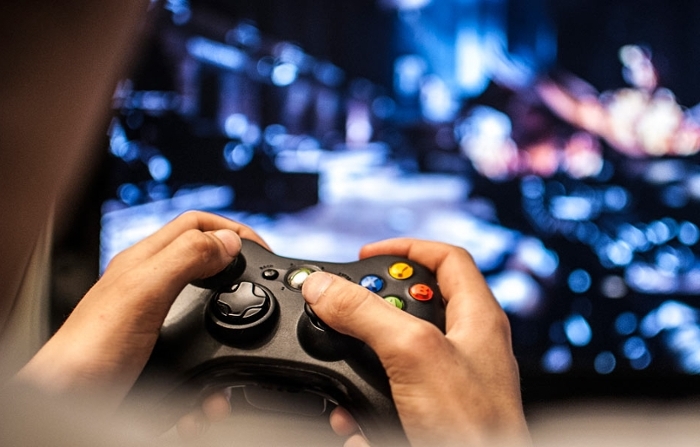2014 Archive

New imaging technique helps predict how vision recovers after brain tumor removal
An interdisciplinary team of University neuroscientists and neurosurgeons has used a new imaging technique to show how the human brain heals itself in just a few weeks following surgical removal of a brain tumor. In a study featured on the cover of the current issue of the journal Science Translational Medicine, the team found that recovery of vision in patients with pituitary tumors is predicted by the integrity of myelin—the insulation that wraps around connections between neurons—in the optic nerves.

Playing action video games can boost learning
A new study shows for the first time that playing action video games improves not just the skills taught in the game, but learning capabilities more generally.

‘Red Effect’ sparks interest in female monkeys
Recent studies showed that the color red tends increase our attraction toward others, feelings of jealousy, and even reaction times. Now, new research shows that female monkeys also respond to the color red, suggesting that biology, rather than our culture, may play the fundamental role in our “red” reactions.

University mourns the sudden loss of David Knill
David C. Knill, professor of brain and cognitive sciences, and associate director of the Center for Visual Science, passed away suddenly on October 6th at the age of 53.

Researcher receives $1.25M grant to unlock ‘magic’ behind babies, language
Elika Bergelson’s pathbreaking research on how babies acquire language will advance more quickly, thanks to a $1.25 M award from the National Institutes of Health. The NIH has recognized Bergelson as one of the nation’s “exceptional early career scientist” by naming her as one of this year’s 17 Early Independence Award recipients.

Monkeys also believe in winning streaks, study shows
Humans have a well-documented tendency to see winning and losing streaks in situations that, in fact, are random. But scientists disagree about whether the “hot-hand bias” is a cultural artifact picked up in childhood or a predisposition deeply ingrained in the structure of our cognitive architecture.

When It Comes To Learning Numbers, Culture Counts
American children learn the meanings of number words gradually: First they understand “one,” then they add “two, “three,” and “four,” in sequence. At that point, however, a dramatic shift in understanding takes place, and children grasp the meanings of not only “five” and “six,” but all of the number words they know.

Richard Aslin inducted into the National Academy of Sciences
Richard Aslin, the William R. Kenan Professor of Brain and Cognitive Sciences and director of the Rochester Center for Brain Imaging at the University of Rochester, was inducted into the National Academy of Sciences at its 151st annual meeting in Washington, D.C.
